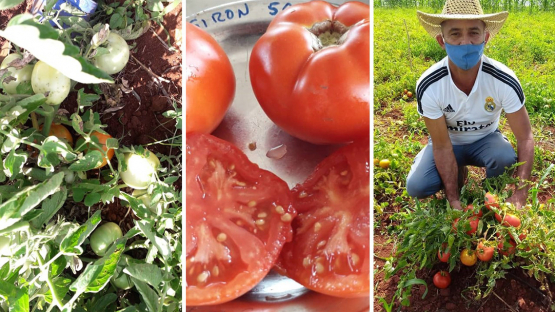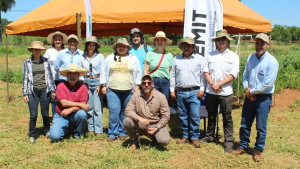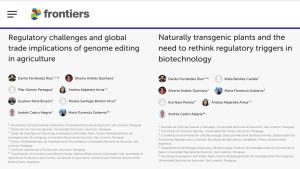Un sitio web Oficial de la Universidad Nacional de Asunción
Tomatoes and soybeans are enjoyed in cuisines all around the world – and demand for them constantly grows. Have you ever wondered how farmers have been able to meet this demand and the role nuclear techniques play in it?
With the help of the IAEA, in collaboration with the Food and Agriculture Organization of the United Nations (FAO), Cuba’s National Institute of Agricultural Science (INCA) has been implementing breeding programmes using irradiation and biotechnology to develop new varieties that can better cope with extremes in growing conditions imposed by climate change.
As a result of this work, improved new varieties of tomato and soybean (Giron 50 and Cuvin 22) were successfully harvested for the first time this May on a research test field. They will now be distributed to farmers, alongside the 21 other varieties developed previously by the Institute in a diverse range of crops such as rice, green beans and roselle – a species of hibiscus.
The new varieties have gone on to be nationally licensed this year and subsequently registered in the global database, managed by the Joint FAO/IAEA Centre of Nuclear Techniques in Food and Agriculture.
“Since 2009, through plant mutation breeding, we have offered a way to develop new climate-hardy crop varieties and hence, contribute to the livelihoods of local farmers and enhanced food security in 18 countries, including Cuba,” said Fatma Sarsu, a plant breeder at the Joint FAO/IAEA Centre of Nuclear Techniques in Food and Agriculture, who retired in mid-2021.




